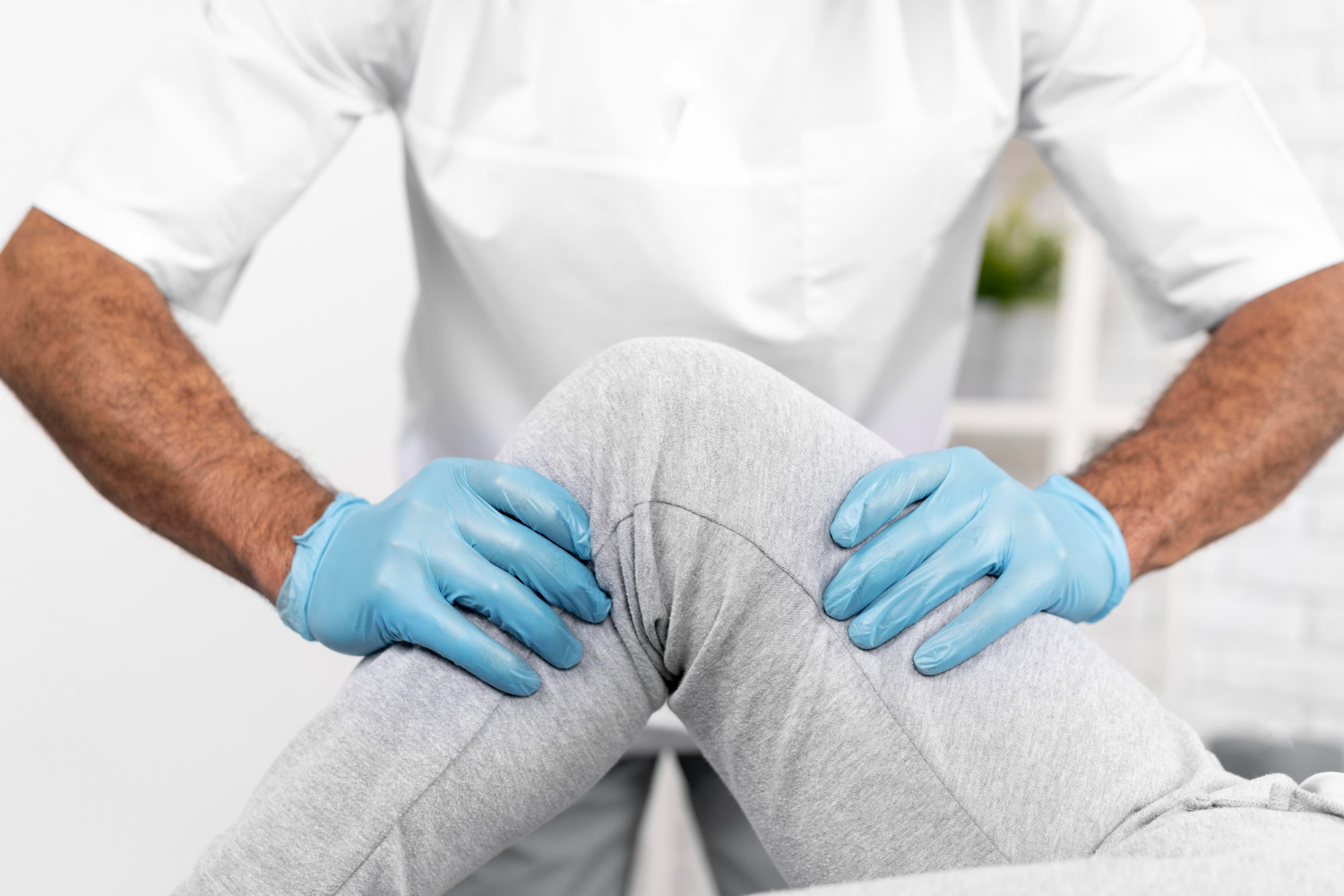What are my options for ACL Surgery?
Anterior cruciate ligament (ACL) surgery is a common procedure for repairing a torn ACL in the knee. There are several surgical options available, each with its own advantages and considerations. Here are the main types of ACL surgery options:
- Autograft ACL Reconstruction - This involves using the patient's own tissue to replace the torn ACL. Common sources of the graft include:
-
- Patellar Tendon Autograft: Uses the middle third of the patellar tendon along with small bone blocks from the kneecap and tibia.
- Pros: Strong and stable graft, good fixation, quick incorporation into the knee.
- Cons: Potential for pain at the donor site, risk of patellar tendonitis, longer recovery for the donor site. - Hamstring Tendon Autograft: Uses the semitendinosus and sometimes gracilis tendons.
- Pros: Smaller incisions, less pain at the donor site compared to patellar tendon graft, good strength.
- Cons: Slightly slower incorporation into the knee, potential for hamstring weakness. - Quadriceps Tendon Autograft: Uses a section of the quadriceps tendon, with or without a bone block.
- Pros: Strong graft, less post-operative pain compared to patellar tendon graft.
- Cons: Limited availability of surgeons with experience in this technique, potential for quadriceps weakness
- Patellar Tendon Autograft: Uses the middle third of the patellar tendon along with small bone blocks from the kneecap and tibia.
2. Allograft ACL Reconstruction - This involves using a donor tissue from a cadaver.
-
- Pros: No donor site morbidity, shorter operative time, less post-operative pain.
- Cons: Slightly higher risk of graft rejection, disease transmission (although rare), longer time for graft incorporation.
3. Synthetic Grafts - This involves using artificial materials to replace the torn ACL.
-
- Pros: No donor site morbidity, immediate availability.
- Cons: Higher risk of complications such as graft rupture, inflammation, and synovitis. Generally less favorable outcomes compared to biological grafts.
4. Bridge-Enhanced ACL Repair (BEAR) - A newer technique that uses a special scaffold to promote healing of the torn ACL without completely replacing it.
-
- Pros: Preserves the original ACL tissue, potential for quicker recovery, less invasiveness.
- Cons: Still under research, limited availability, unknown long-term outcomes.
Considerations for Choosing the Right Option
- Age and Activity Level: Younger, more active individuals might benefit from autografts due to their durability. Older or less active individuals might consider allografts to avoid donor site issues.
- Previous Surgeries or Injuries: Previous knee surgeries or injuries might influence the choice of graft.
- Surgeon Experience: The surgeon's expertise with a particular graft type can impact the decision.
- Recovery Time: Different graft types have different recovery timelines and rehabilitation protocols.
Consultation with an Orthopedic Surgeon
It is crucial to discuss these options with an orthopedic surgeon who can evaluate your specific condition, lifestyle, and goals to recommend the most appropriate surgical option for your ACL injury. The surgeon will consider factors such as the severity of the injury, the condition of surrounding tissues, and any other knee problems. Total Sports Therapy works with many of the best orthopedic surgeons in Arizona. Contact us for our recommended surgeons for ACL surgery.

